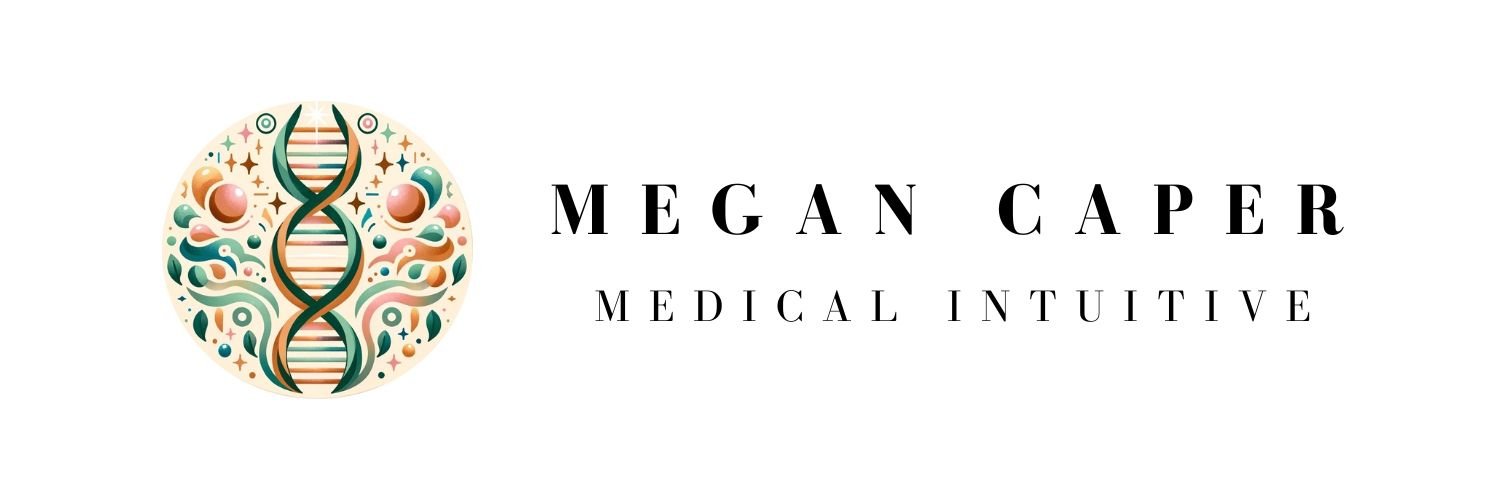Why Mindfulness is The Bedrock of Mind-Body Healing
Mindfulness is one of the bedrocks of mind-body healing. Without it, you can’t accomplish any significant healing on a physical, emotional or spiritual level. I want to look at what I mean by mindfulness and then give you some examples of how it integrates with other healing tools.
Mindfulness is really two different things: the ability to be in the present moment AND metacognitive observation of this moment.
Being in the present moment means you are only experiencing what is going on right now in your environment, body and mind. Mindfulness is our natural state when we are feeling calm, relaxed and connected. When you are mindful, you don’t get swept away in thinking of a conversation you had earlier today, or lost in worry about how things may turn out in the future, you stay grounded in what is actually happening right now.
Metacognitive observation is the gentle, nonjudgmental acceptance of what’s going on in the present moment. It’s observing the situation and our reaction to it without adding any mental chatter about why it may be “right” or “wrong”. When you are mindful, you notice thoughts come up and say to yourself something like, “Ah! It’s worry. I’m worried about how my presentation will go tomorrow.” In this way you are not getting lost in spiraling thoughts about the worry, but rather you observe the worrying thoughts in a nonjudgmental way.
Mindfulness is a prerequisite to almost any other type of healing work because without the ability to be present and observe what’s going on and our reaction to it, we won’t be able to identify or change harmful thoughts, belief systems, or patterns of reactivity.
Mindfulness is the tool we can use to self-diagnose our own maladaptive patterns.
Without mindfulness, we’ll continue to engage in these patterns unconsciously, and the true nature of our difficulties will remain hidden from us. Doing healing work without the foundation of mindfulness is like going to the doctor and asking for treatment without having identified any specific symptoms other than “I don’t feel well”.
Mindfulness is the basis for the best healing tools for stress and trauma. For example, thought work is based on being aware of both our thoughts and our emotions at any given time. Cultivating our inner caregiver can only happen if we can catch our inner critic when they’re in action. You can only develop your intuition in a present and open state. Even physical healing from illness or injury only happens in the parasympathetic “rest and digest” nervous system state. (Note: if you’re curious about any of these tools, I’ll be talking about all of them in the next few weeks!)
Not only that, but mindfulness is incredibly healing on its own. Observing your own emotions, thoughts and reactions from a place of gentle, nonjudgmental acceptance can be the key to undoing years of bullying, emotional neglect and other trauma. Being in the present moment allows us to look around and see what’s good, safe and inspiring right now in both our internal and external worlds.
However, if you’ve experienced chronic stress or trauma, mindfulness may be much harder for you. You may feel pulled out of the present moment by anxiety, depression, hypervigilance or dissociation. For people with anxiety or depression, it can be challenging to observe our thoughts and feelings without internal mental commentary. People who dissociate may not even be registering what’s going on at all, and it’s impossible to observe experiences that you aren’t even aware of. In fact, people who have experienced chronic stress or have C-PTSD may spend most of their time in these other states, which can make both mindfulness and all of the other healing tools that stem from it that much harder to access.
If you’ve tried mindfulness or meditation before and it hasn’t worked for you, then I’d like to invite you to join me for my upcoming group course “Unconventional Tools for Healing” where I’ll teach you my trauma-informed take on mindfulness, and teach how to finally be able to get to that calm, relaxed and connected state even if it’s eluded you in the past. And from that state, miraculous healing can occur
Click here to learn more and feel free to reach out if you have any questions about the course or if it’s right for you.
Xo Megan








